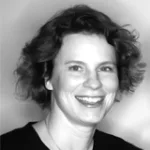Photographing the Eclipse — How I Did It

What lenses will I need?
Where should I position myself?
Will clouds obscure the eclipse?
I’m nervous!
These thoughts occupied my brain in the weeks leading up to April 8. The Dallas College Foundation hired me to photograph their eclipse-watching event at the Texas Discovery Gardens in Fair Park. I was to photograph people watching the progression and capture the eclipse’s totality. I was excited, and I wanted to get it right! What I was doing was more than taking photographs. It was recording a historical event.
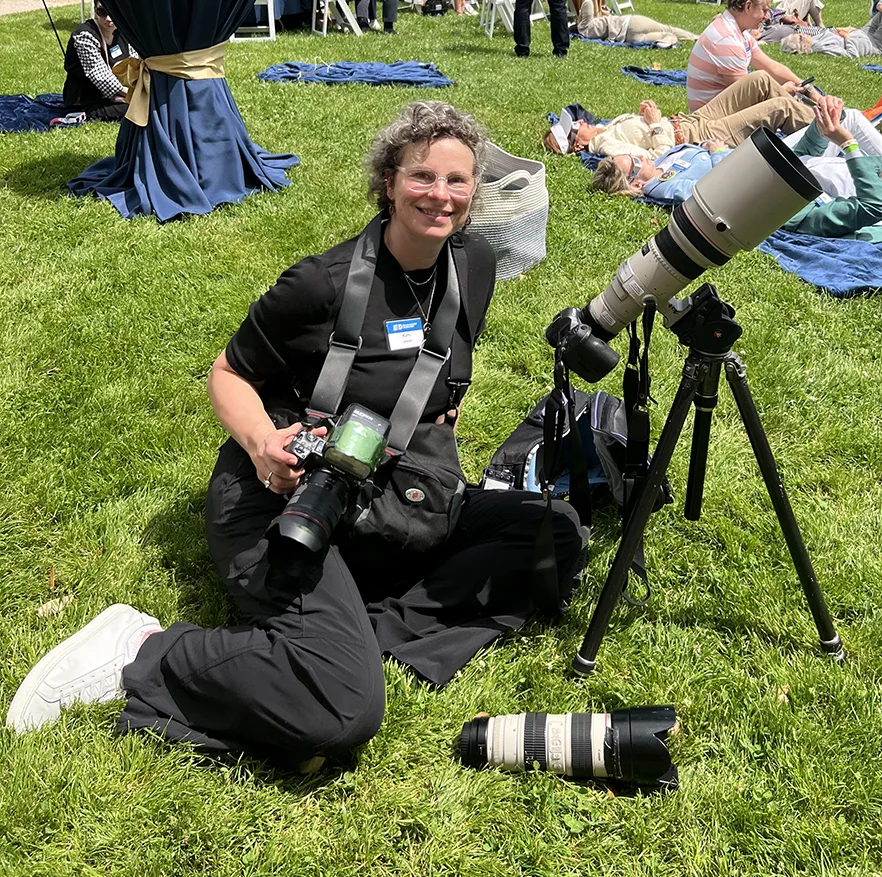
I chose to bring two cameras for the occasion and decided to use camera #1 with my 300mm lens and a 1.4 extender on a tripod for close-ups of the spectacle in the sky. I would have it ready and waiting for the big moment. Camera #2 would be around my neck with a wide-angle lens to capture people as they watched the progression through eclipse glasses. At first, I thought I might need to purchase a pricey solar filter for the 300mm lens. So, I researched and learned that a special filter is unnecessary when photographing the totality phase when the sun is covered. Great news! I like to keep things simple.
I arrived early at the event and set up the tripod and lens at the edge of a lawn, where people began laying out on blankets. I chose a spot near some trees, thinking I could make an interesting composition with some branches framing the eclipse.
When the progression started, I ran around capturing fun moments of people looking skyward, glasses on, with big smiles of anticipation.
They were lying on their backs, sitting in chairs, or standing alone or in huddles. We were all giddy with excitement!
I kept my eyes on the clock; I knew I had to be at my tripod at 1:40 p.m. I’d have four minutes to capture the totality, and I felt the pressure.
I needed the exposure to be correct, the moon to be in sharp focus, and maybe even a unique or creative way to capture the eclipse.
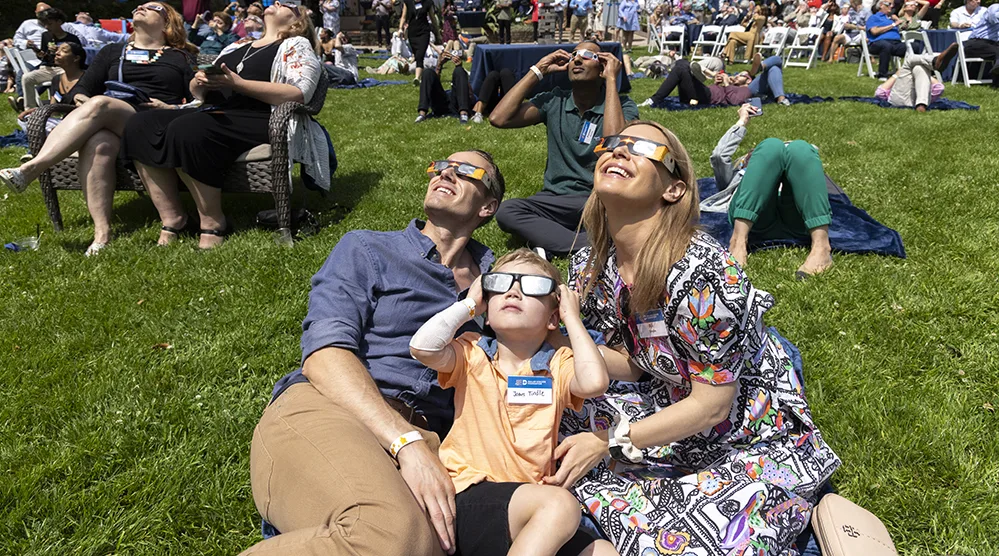
The clouds rolling in and out of the scene added to the drama and suspense. Could we see the eclipse, or would it be obscured? The clouds broke just in time for a great view of the stunning wonder of nature.
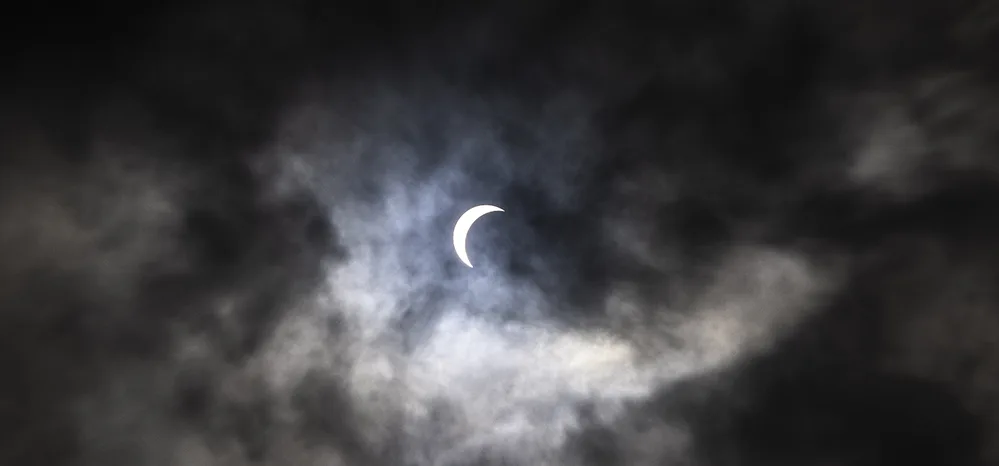
Photographically, the clouds added an extra layer of beauty to the image.

When I saw an airplane approaching, I nervously scrambled to remove my wide-angle lens from camera #2 and slapped on a 200mm lens. I quickly took several shots, hoping I got the airplane, the eclipse, and the tree branches combined into one properly exposed and focused image.
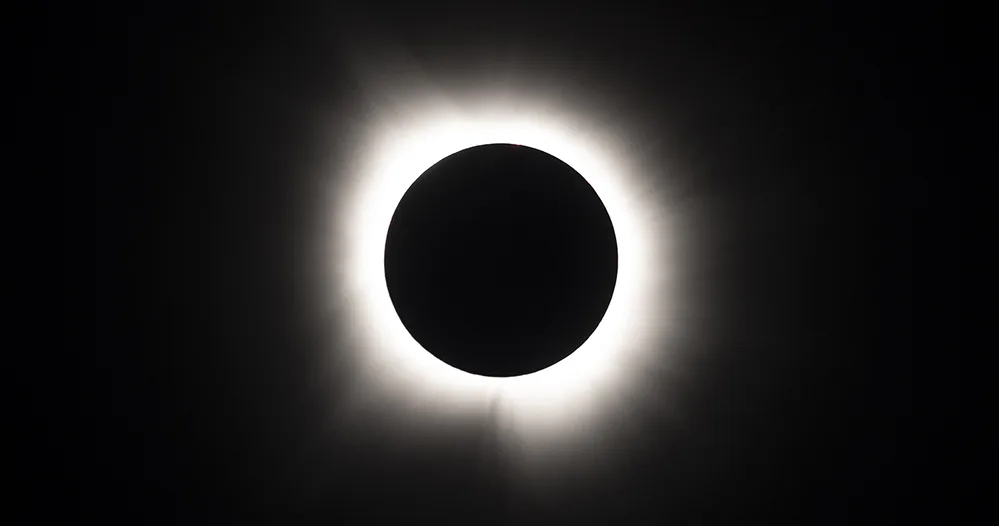
When the sun was covered and darkness fell, it was a moment of solemn yet ecstatic wonder. It felt like a bonding experience with my fellow humans, celebrating together the experience of existing as part of an infinitely wondrous universe.
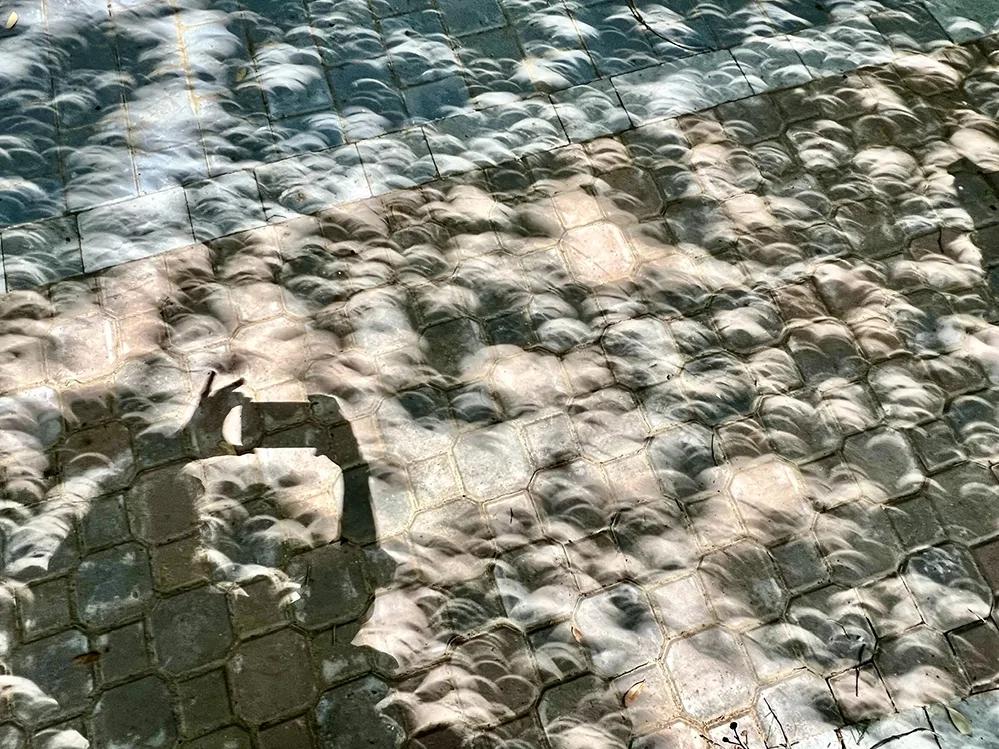
As the sun reappeared, I noticed the pinhole projections of the eclipse through the leaves onto the ground. As I snapped some quick shots with my iPhone, I saw my silhouette make a self-portrait of me within the shadows.
What an unforgettable day we enjoyed together, experiencing the awesomeness of nature. I was relieved that the photos turned out pretty great, too.

